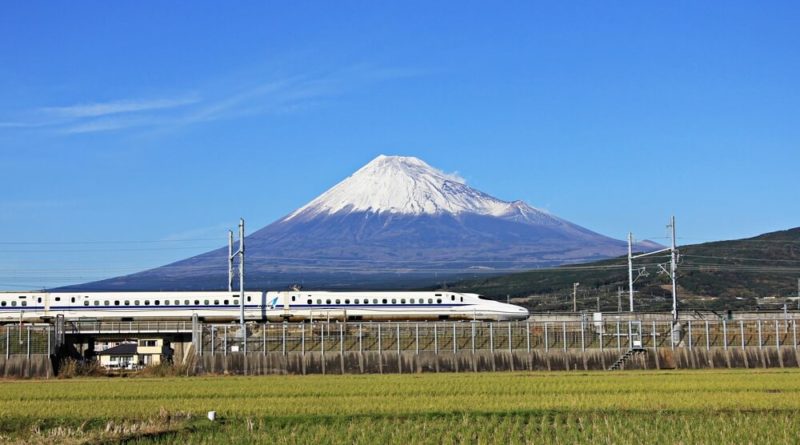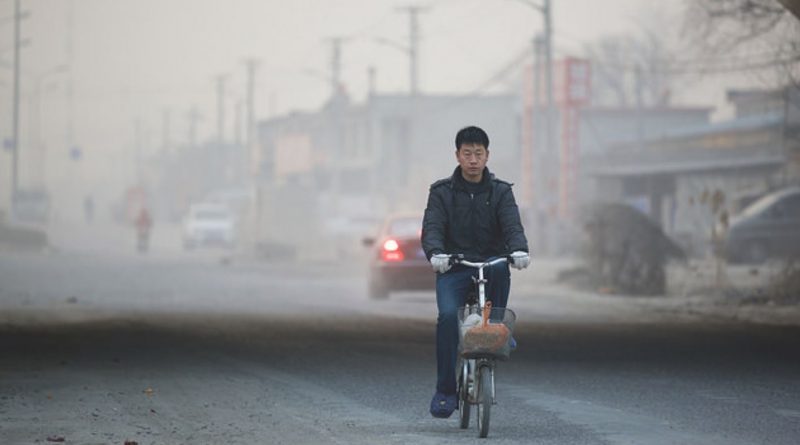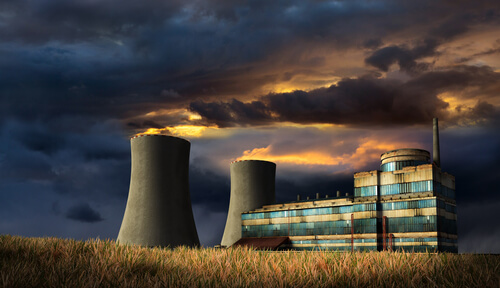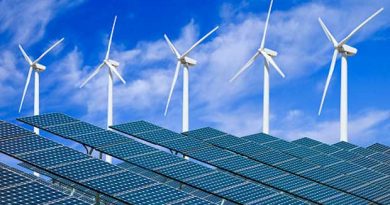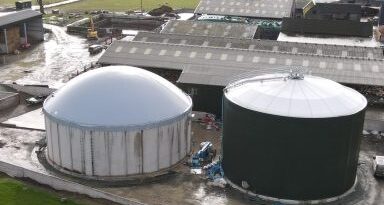Japan’s CO2 Emissions Drop by 1.2% in FY 2017, Lowest Since 2009

Japan’s emissions totaled the equivalent of 1.292 billion tons of carbon dioxide in the fiscal year ended March 2018, it said. The revised emissions are lower from 1.308 billion tonnes in the previous year, hitting their lowest since 2009, according to revised data released by the environment ministry.
Under the 2015 Paris climate accord, Japan is targeting a 26 percent cut in greenhouse gas emissions from fiscal 2013 levels by fiscal 2030. This means the world’s fifth-biggest carbon emitter, Japan has set a target to cut its emissions to 1.042 billion tonnes by 2030. The latest figure represents an 8.4 percent reduction from 2013 levels, data showed.
However, the country urgently needs to tackle hydrofluorocarbons — a substitute for ozone-destroying chlorofluorocarbons but with a strong greenhouse gas effect — as usage continues to increase, the ministry said.
Emissions from hydrofluorocarbons — commonly used in air conditioners as a coolant — increased 5.4 percent from a year ago as manufacturers’ process for the collection and environmentally responsible disposal of old units has not gone smoothly, according to the ministry.
Read: Green Inspiration: Japan Will Use 3Rs for 2020 Tokyo Olympics
The amount of renewable energy grew by about 10 percent from the previous year, while the resumption of nuclear reactors also helped reduce emissions associated with power generators, it said.
Read: The Kamikatsu lessons: An Almost Zero Waste Town in Japan
Japan’s emissions rose after a massive earthquake and tsunami in the northeast of the country in 2011 triggered the Fukushima nuclear crisis and subsequently forced the country to resort to thermal power generation. But now, have turned lower after hitting a peak of 1.410 billion tonnes in the 2013 financial year.
It turned to a decline in fiscal 2014 with the help of renewable energy production and the introduction of energy-efficient devices.
Renewable energy according to the revised data accounted for 16 percent of electric power generation of 1.0602 trillion kilowatt hour (kWh) in the 2017 financial year, up 1.4 percentage points year-on-year. Nuclear energy came at 3.1 percent, up 1.4 percentage points while thermal power was at 80.9 percent, down 2.8 percentage points, the industry data said.
Last year, Japan released a draft version (in Japanese) of its energy plan. This outlined the intended mix of power sources for 2030, repeating plans first adopted in 2015. The electricity mix should include a 20-22% share of nuclear and 22-24% share of renewables by 2030, it says. Coal should provide 26% of power and natural gas 27%. The plan also intends to reduce total electricity demand by 17% compared to a business-as-usual scenario.

